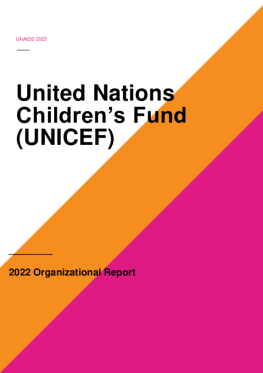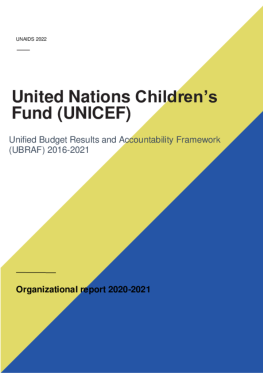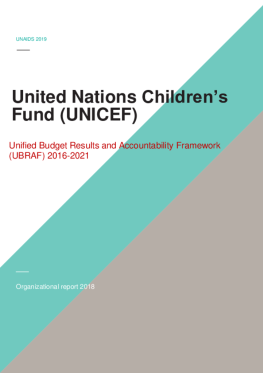UNICEF works in more than 190 countries and territories to protect the health and rights of every child.
UNICEF works across sectors to integrate HIV services into primary healthcare, including by building community systems to improve health. Through technical and other assistance, it helps to ensure that national HIV programmes serve the needs of women, children and adolescents; enhance access to quality, age-appropriate sexual and reproductive health services; and empower communities to shape and participate in programmes and drive change.
UNICEF’s Strategic Plan 2022–2025 prioritizes fast-tracking the end of AIDS in children and adolescents, and actions for HIV are integrated throughout UNICEF’s Strategy for Health 2016–2030. UNICEF’s global Gender Action Plan and Adolescent Girls Programme Strategy 2022–2025 prioritizes HIV and promotes the leadership of adolescent girls.
For information on UNICEF's results, please see the 2024 downloadable report below.










